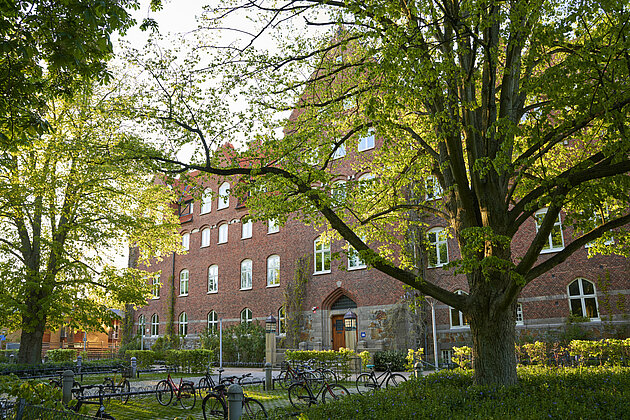Feb
Gaye Aşkın: Understanding How Children Conceptualize a Robot Through Imagination and Enactment

Understanding How Children Conceptualize a Robot Through Imagination and Enactment
Children construct categories of being by relying on what is animate or inanimate, which shapes how they understand and interact with new or unfamiliar beings. Traditional distinctions between living and non-living things help children navigate their environment, yet robots challenge these categories by blurring the boundaries between living and nonliving. Children’s perceptions of robots are shaped not only by direct interactions but also by their preconceived notions of what robots are and what they can do. As social robots become increasingly present in children’s daily environments, it is essential to understand how young children conceptualize these artificial agents.
We aim to understand how children aged 5-8 conceptualize robots before direct interaction, focusing on how (gender) norms and societal expectations shape their expectations about a robot’s capacities (affordances). This study grounded in ecological theory —affordance— (Gibson, 1979; Heft, 1989), informed by perceived affordances (Norman, 1980), and socializing affordances (Costall, 1995), alongside feminist technoscienceand developmental psychology. The exploration of affordances is intertwined with these concepts of autonomy, agency, and competency. It means how affordances interact with and influences children's conceptualization of a robot, as well as their perceptions of autonomy, agency, and competency. Autonomyrefers to how children conceptualize, embody or enact control (who is the subject/object of control?). Agencyrefers to the capacity of an agent—whether human or artificial—to act purposefully and shape interactions(who or how is inviting for interaction?). Competency means to what extend actions/engagement in tasks seen adaptable and flexible to different contexts (Whose skills, and how, are seen as transferable or adaptable across different contexts?).
To examine these, we aim to understand these in two parts. In the first part, children will be asked to draw a robot, and in the second phase, they will enact the robot they drew. This can offer insights into children’s imagined and enacted representations of robots, highlighting how societal hierarchies—such as those tied to gender, labor, and authority—shape expectations of robotic roles and capabilities. We will ask children questions while they enact the robot they drew to assess their understanding of autonomy, agency, and competency. This research helps us to understand how AI technology can be used as an educational tool while critically examining the norms, beliefs, and values embedded in social practices.
___
Open for external guests.
Please request access to Zoom link in advance if participating virtually.
About the event:
Location: LUX:B538
Contact: samantha.stedtlerlucs.luse
